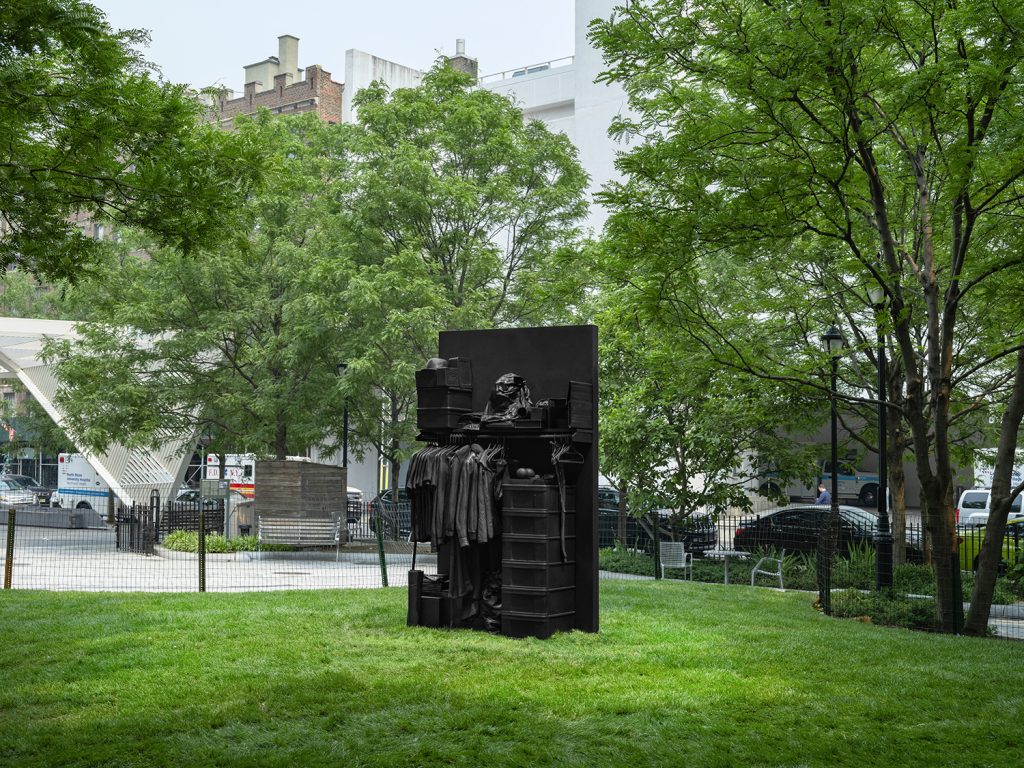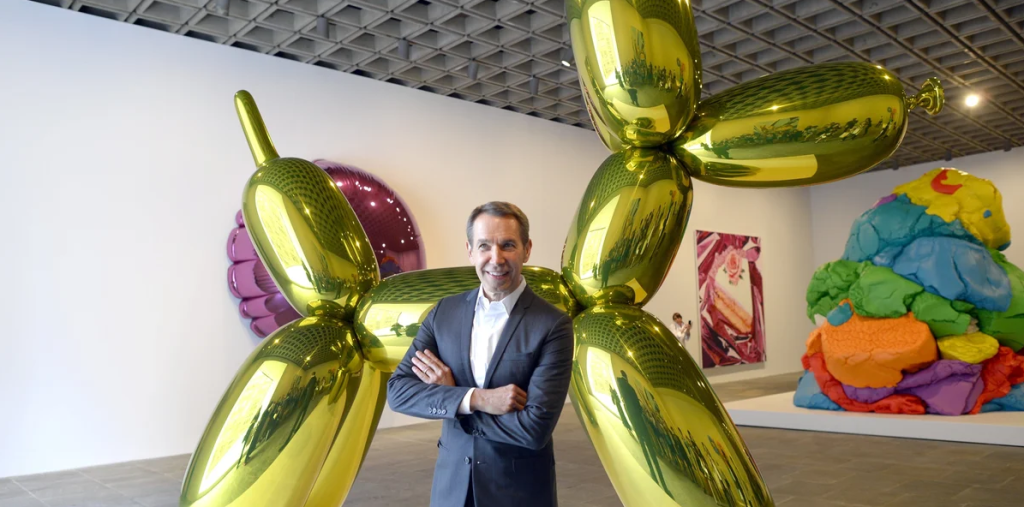The Passion of Clay: Exploring Auguste Rodin’s Timeless Sculptures
Auguste Rodin, a pivotal figure in the world of modern sculpture, transformed the art form by infusing emotion and realism into his creations. His works continue to captivate audiences and influence artists around the world. By exploring the techniques and themes behind Rodin’s masterpieces, we can gain a deeper appreciation for his artistic legacy and the enduring power of sculpture.
The Emotional Depth of Rodin’s Work
One of the defining characteristics of Rodin’s sculptures is their emotional intensity. Unlike many of his predecessors who focused on idealized forms, Rodin sought to capture raw human emotions. His figures often exhibit complex expressions and dynamic poses, inviting viewers to connect on a personal level. For instance, “The Thinker” embodies contemplation and introspection, representing the struggle between thought and action. This emotional depth has made Rodin’s work powerful and relatable, transcending time and cultural boundaries.
Innovative Techniques and Materials
Rodin was not only a master of form but also an innovator in the techniques he employed. He often experimented with texture, using rough finishes to evoke a sense of movement and life. This approach contrasts with the smooth surfaces typically associated with classical sculptures. Moreover, Rodin favored clay as his primary medium, allowing him to model and rework his pieces with ease. This flexibility enabled him to explore ideas and emotions more freely, leading to the creation of iconic works like “The Gates of Hell” that reflect the complexity of the human experience.
Influence on Modern Sculpture
Rodin’s impact on the world of sculpture extends far beyond his own creations; he paved the way for modern and contemporary artists to experiment with form and content. His emphasis on expressing human emotions encouraged subsequent generations to explore new themes, such as identity, social issues, and abstract concepts. Artists like Alberto Giacometti and Henry Moore were influenced by Rodin’s work, often incorporating similar emotional elements into their pieces. As a result, Rodin’s legacy continues to inspire a diverse range of artistic expressions, ensuring his relevance in the art world today.
In conclusion, Auguste Rodin’s masterpieces invite us to explore the depths of human emotion through innovative techniques and timeless themes. By delving into his extraordinary body of work, we not only celebrate a monumental artist but also enrich our understanding of sculpture as a powerful medium for communication. To further appreciate Rodin’s influence, consider visiting a local museum or exploring more resources on contemporary artists who have drawn inspiration from his groundbreaking approach.


